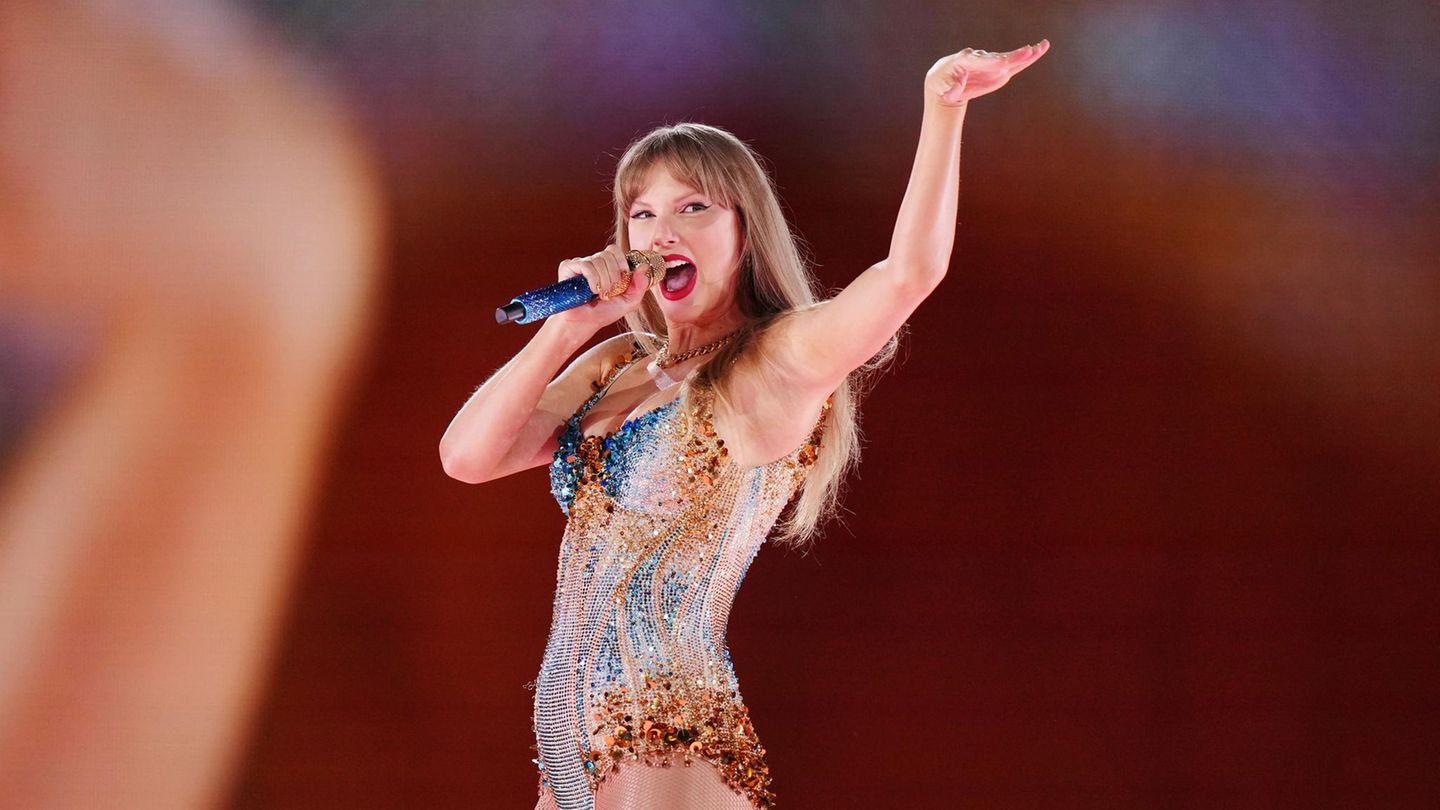The rise in consumer prices in Germany has recently slowed. Inflation is likely to have slowed further in February.
Inflation in Germany is currently on the decline. The Federal Statistical Office is today using preliminary data to announce how consumer prices developed in February. Economists expect inflation to weaken further.
In January the inflation rate fell to 2.9 percent. It was the lowest level since June 2021 at 2.4 percent. Energy in particular was cheaper at the beginning of the year than a year before, despite the removal of government price controls and the increase in the CO₂ price.
Economists expect the inflation rate to fall further over the course of the year, although the pace could slow. Stress factors include the increase in the CO₂ price from 30 euros per ton of carbon dioxide (CO₂) to 45 euros and the return to the regular VAT rate on food in restaurants at the beginning of the year.
Higher inflation rates reduce the purchasing power of consumers. People can afford one euro less. Many people turned their back on consumption last year.
Ifo Institute: Fewer companies are planning price increases
According to the Munich Ifo Institute, fewer companies in Germany are planning to increase their prices. “Inflation is therefore likely to continue its decline in the coming months,” said Ifo economics chief Timo Wollmershäuser. Ifo price expectations fell in February.
The federal government expects consumer prices to rise by an average of 2.8 percent this year after 5.9 percent in 2023. According to Federal Minister of Economics Robert Habeck, wage increases this year will be above the inflation rate. The expectation is that employees will also spend the money and thus stimulate private consumption. Private consumption is an important pillar of the German economy.
Last year, despite a decline, the burden on people due to inflation was comparatively high. The annual average rate was 5.9 percent, which was lower than in 2022 when it was 6.9 percent. But it was still the second highest annual figure since reunification. After the Russian war of aggression against Ukraine began in February 2022, energy and food prices in particular rose sharply, driving up inflation overall.
Source: Stern




